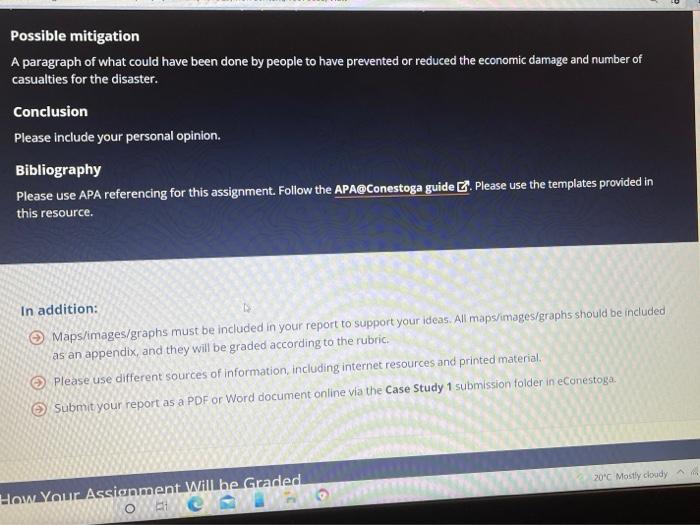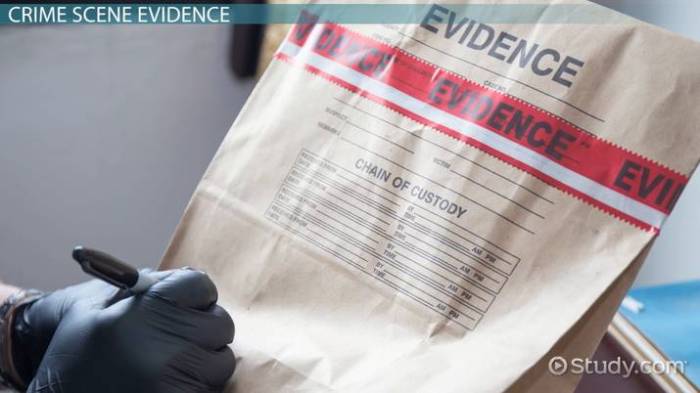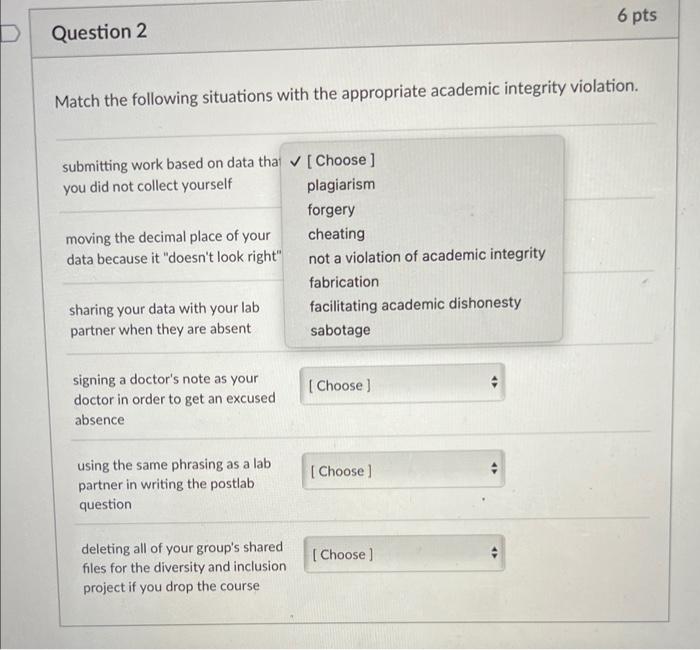Preserving and submitting any evidence which may include damaged property is a crucial aspect of legal proceedings, as it provides valuable information to support claims and ensure a fair trial. This comprehensive guide delves into the significance of preserving evidence, explores the various methods of preserving and submitting evidence, and emphasizes the importance of handling damaged property as evidence.
By understanding these principles, legal professionals can effectively present evidence in court and strengthen their cases.
The preservation of evidence ensures its integrity and authenticity, preventing any alterations or tampering that could compromise its admissibility in court. Proper preservation techniques, such as photography, videography, and documentation, help maintain the original condition of the evidence. Moreover, organizing evidence effectively supports a coherent and persuasive presentation during trial.
Preserving Evidence

Preserving evidence is crucial in legal cases to ensure its integrity and admissibility in court. Evidence can be anything that can help prove or disprove a fact in a case, including physical objects, documents, and testimony.
There are various methods for preserving evidence, including:
- Photography:Taking photographs of the scene, damaged property, or other relevant items.
- Videography:Recording videos to capture the scene, statements, or actions of individuals involved.
- Documentation:Creating written records, such as notes, reports, or logs, to document observations, measurements, and other relevant information.
To properly preserve evidence, it is essential to:
- Handle it carefully:Avoid touching or altering evidence unless absolutely necessary.
- Secure the scene:Prevent unauthorized access or tampering with the evidence.
- Document the chain of custody:Maintain a record of who handled the evidence and when.
- Store it properly:Store evidence in a secure location that protects it from damage or deterioration.
Submitting Evidence

Evidence must be submitted to the court following specific procedures to ensure its admissibility.
The following types of evidence can be submitted:
- Physical evidence:Tangible objects, such as weapons, clothing, or vehicles.
- Documentary evidence:Written documents, such as contracts, emails, or financial records.
- Witness testimony:Oral or written statements made by individuals with knowledge of the case.
To prepare evidence for submission, it is important to:
- Identify the relevant evidence:Determine which evidence is necessary to prove or disprove your case.
- Organize the evidence:Group similar pieces of evidence together and create an inventory.
- Prepare witnesses:Rehearse with witnesses and prepare them for cross-examination.
- Meet procedural requirements:Comply with court rules and deadlines for submitting evidence.
Damaged Property as Evidence
Damaged property can be valuable evidence in legal cases, providing physical proof of damage or injury.
The following types of damaged property can be used as evidence:
- Vehicles:Cars, trucks, or motorcycles that have been damaged in an accident or collision.
- Buildings:Structures that have been damaged by fire, flooding, or other disasters.
- Personal belongings:Clothing, jewelry, or other items that have been damaged or destroyed.
To properly preserve and submit damaged property as evidence, it is essential to:
- Document the damage:Take photographs, videos, or written descriptions of the damage.
- Secure the property:Prevent further damage or tampering with the property.
- Obtain expert testimony:If necessary, hire experts to assess the damage and provide opinions on its cause.
- Submit the property to the court:Present the damaged property to the court as evidence, along with supporting documentation.
Organizing Evidence: Preserving And Submitting Any Evidence Which May Include Damaged Property

Organizing evidence effectively is crucial for presenting a clear and compelling case in court.
The following methods can be used to organize evidence:
- Tables:Create tables to summarize data, compare evidence, or present timelines.
- Charts:Use charts, such as bar graphs or pie charts, to visualize data and make it more understandable.
- Timelines:Create timelines to show the sequence of events or the chronology of evidence.
When organizing evidence, it is important to:
- Use clear and concise language:Make sure the organization is easy to understand and follow.
- Be consistent:Use consistent formatting and terminology throughout the organization.
- Support your case:Ensure that the organization supports your arguments and makes your case easier to prove.
Common Queries
What are the key principles of preserving evidence?
The key principles of preserving evidence include maintaining its original condition, preventing contamination or alteration, and ensuring its authenticity and integrity.
What are the different methods of preserving evidence?
Common methods of preserving evidence include photography, videography, documentation, and proper storage to maintain its original state.
Why is it important to preserve damaged property as evidence?
Preserving damaged property as evidence provides valuable information about the cause and extent of damage, supporting claims and establishing liability.